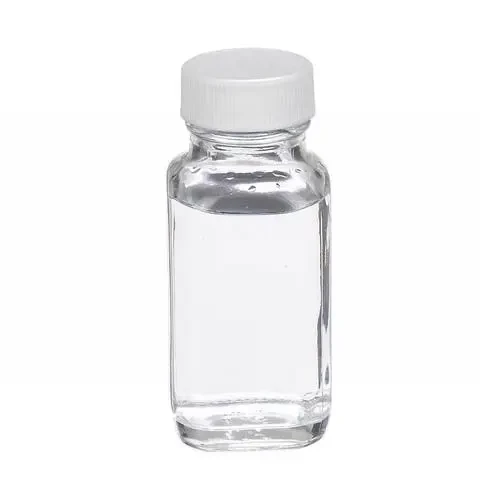The Role of Polyacrylamide in Modern Applications
Polyacrylamide, commonly abbreviated as PAM, is a synthetic polymer that has become increasingly important in various industries due to its unique properties. First synthesized in the 1950s, polyacrylamide has since found extensive use in fields ranging from agriculture and water treatment to biomedical applications and beyond. This article explores the versatility of polyacrylamide, highlighting its properties, applications, and safety considerations.
Properties of Polyacrylamide
Polyacrylamide is formed through the polymerization of acrylamide monomers. The resulting polymer can exist in various forms—linear, branched, or crosslinked—depending on the synthesis method and desired application. One of polyacrylamide's most notable features is its ability to absorb large amounts of water, which makes it an excellent thickening agent or flocculant. PAM's hydrophilic nature allows it to form gels, making it useful in both aqueous and industrial processes.
The molecular weight of polyacrylamide can also vary widely, influencing its effectiveness in different settings. Low molecular weight polyacrylamides are typically used for soil conditioning and erosion control, while high molecular weight variants are preferred in water treatment and oil recovery applications.
Applications of Polyacrylamide
1. Water Treatment
One of the primary uses of polyacrylamide is in the treatment of wastewater. It serves as a flocculant, helping to aggregate and settle suspended particles, thus clarifying the water. This capability is especially crucial in industrial settings where large volumes of wastewater must be treated efficiently.
2. Agriculture
.
In agriculture, polyacrylamide is utilized to enhance soil structure and reduce erosion. By retaining moisture in the soil, it improves water retention, which can be particularly beneficial in arid regions. Additionally, PAM aids in the prevention of runoff, promoting better nutrient absorption by plants.
3. Oil Recovery
polyacrylamide p3

Polyacrylamide is extensively used in enhanced oil recovery (EOR) operations. It improves the viscosity of the injection fluids, allowing for more efficient displacement of oil in reservoirs. This application helps recover more oil from existing fields, making the process more economically viable and environmentally friendly.
4. Biomedical Applications
In biomedical fields, polyacrylamide gels serve as matrices for electrophoresis, a technique used to separate nucleic acids and proteins. The ability to customize the concentration of polyacrylamide allows researchers to fine-tune gel properties for specific applications, making it a staple in laboratory settings.
5. Cosmetics and Personal Care
Polyacrylamide is also present in various cosmetic products. Its thickening and stabilizing properties make it an ideal ingredient for lotions, creams, and gels. Furthermore, it provides a desirable texture that enhances the overall effectiveness and appeal of personal care items.
Safety and Environmental Considerations
While polyacrylamide offers numerous benefits, it is essential to address safety and environmental concerns. The monomer acrylamide is classified as a potential neurotoxin and carcinogen. Thus, it is crucial to ensure that polyacrylamide products are handled correctly to minimize human exposure.
Additionally, concerns have been raised regarding the environmental impact of using polyacrylamide in agricultural and industrial applications. When used properly, however, the benefits often outweigh the risks, particularly if biodegradable or non-toxic formulations are selected.
Conclusion
Polyacrylamide has established itself as a versatile polymer with a wide range of applications across multiple industries. Its properties, including water absorption and gel formation, make it an invaluable resource in water treatment, agriculture, oil recovery, and biomedical sciences. While it is crucial to consider safety and environmental implications, ongoing research and development promise to enhance its applications while mitigating potential risks. As industries continue to evolve and demand for efficient materials rises, polyacrylamide is likely to remain at the forefront of innovation, contributing to sustainable solutions for a variety of challenges.

